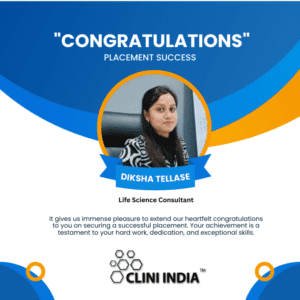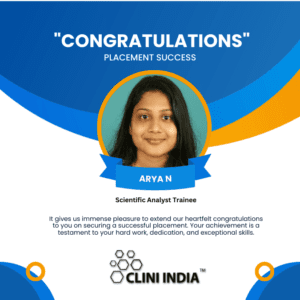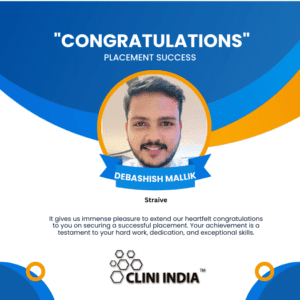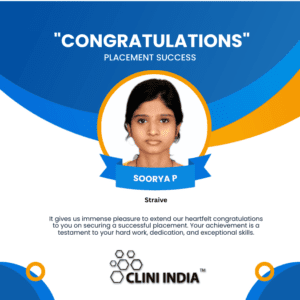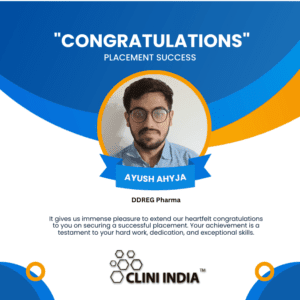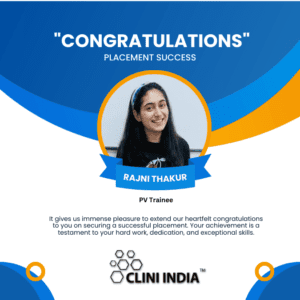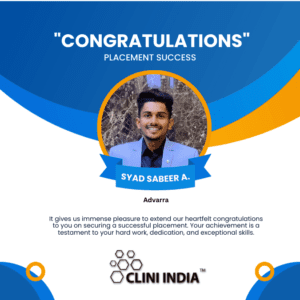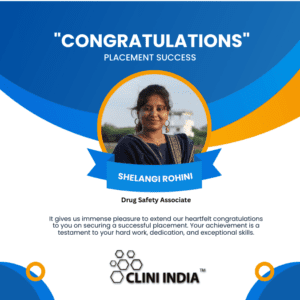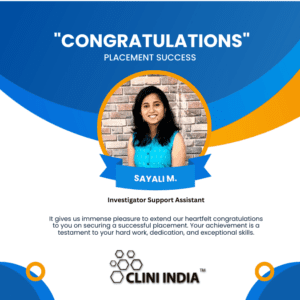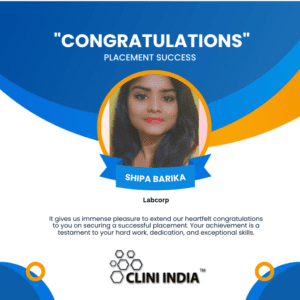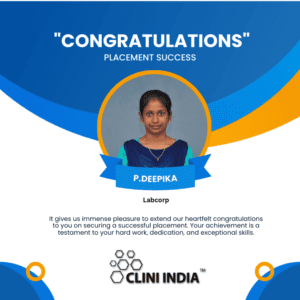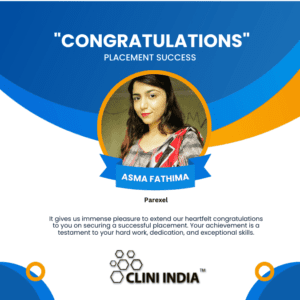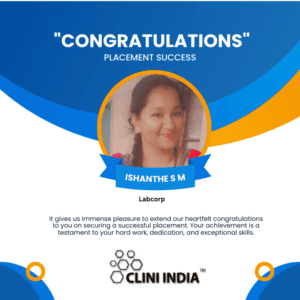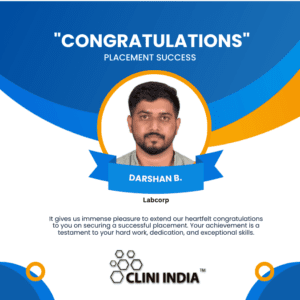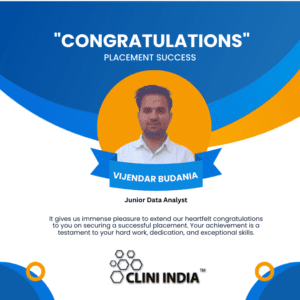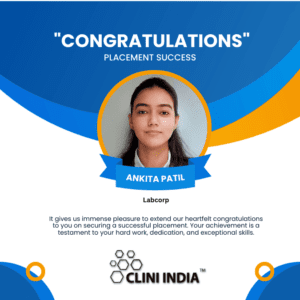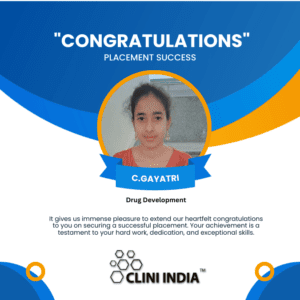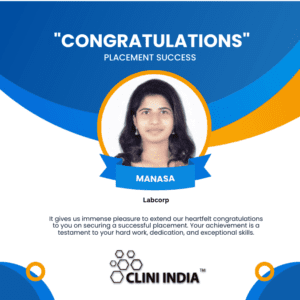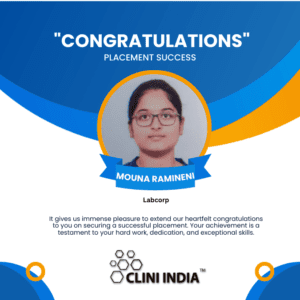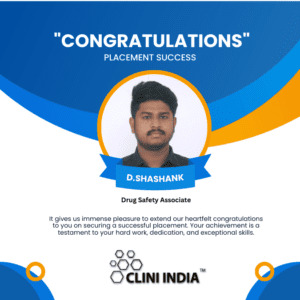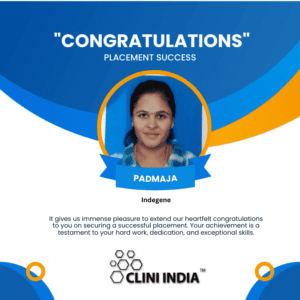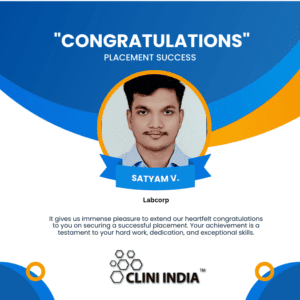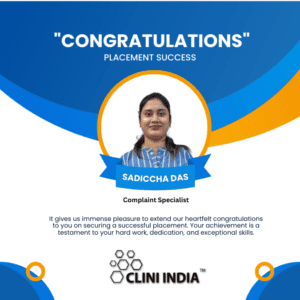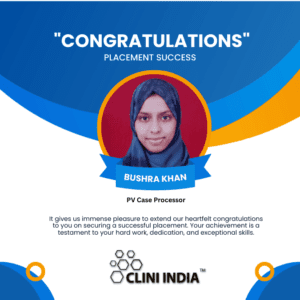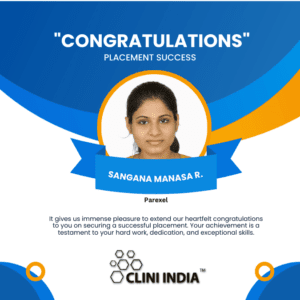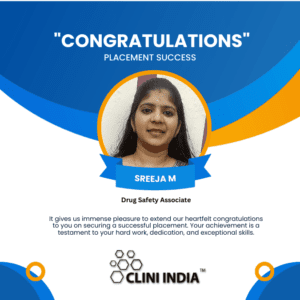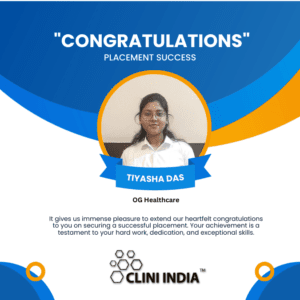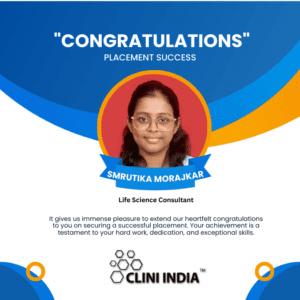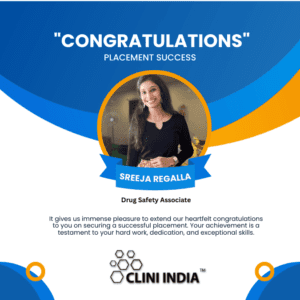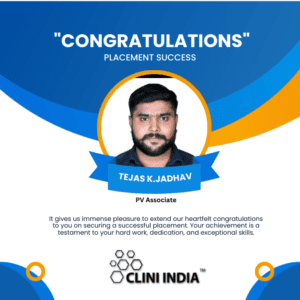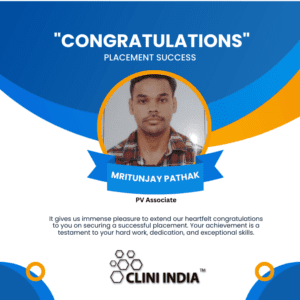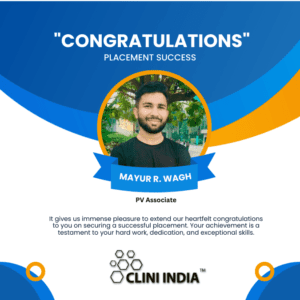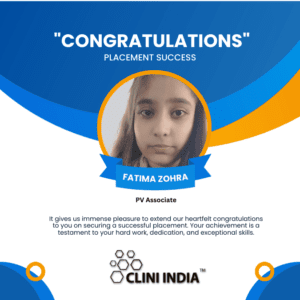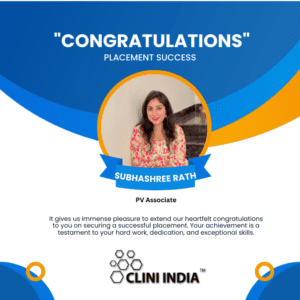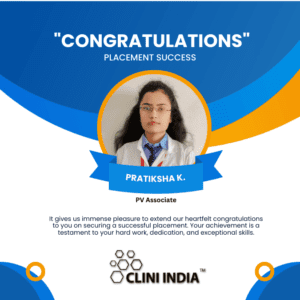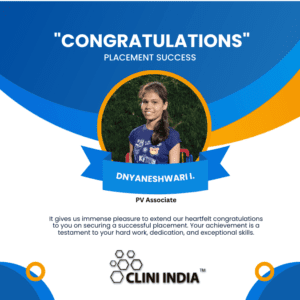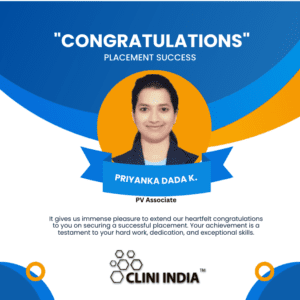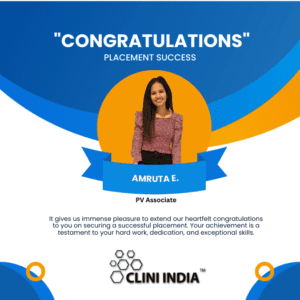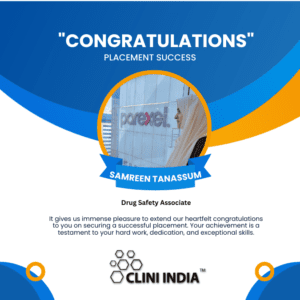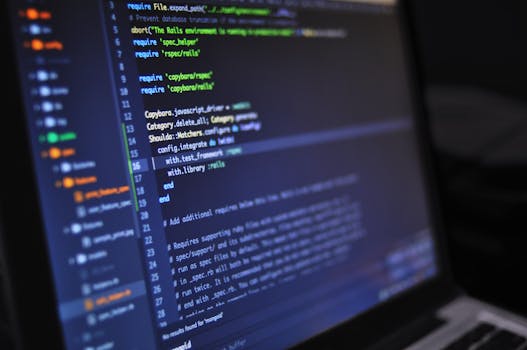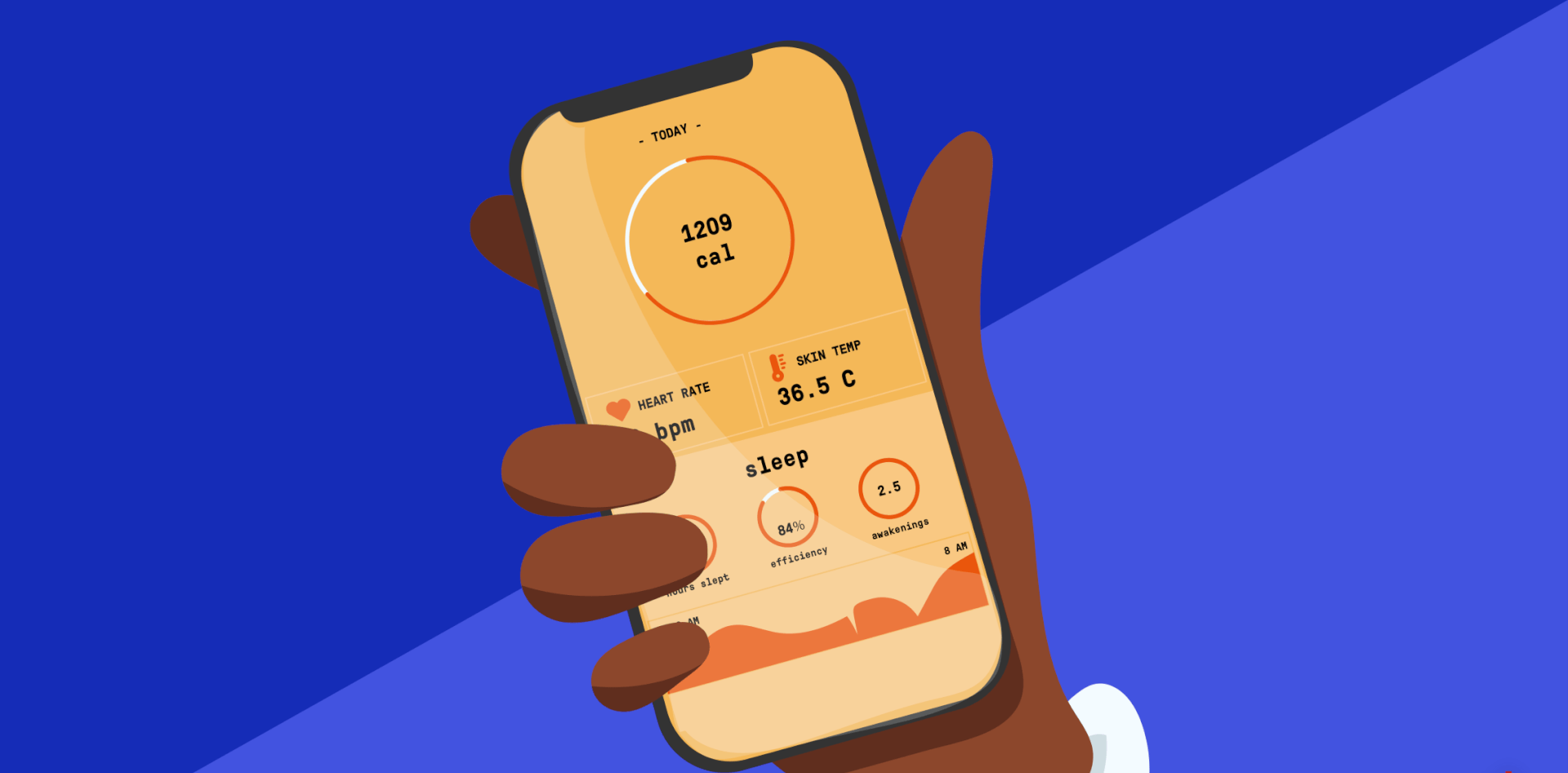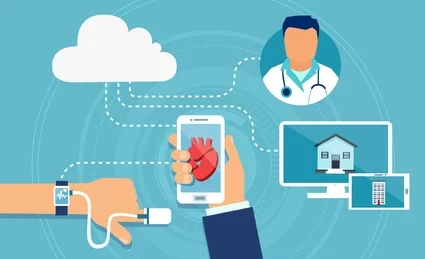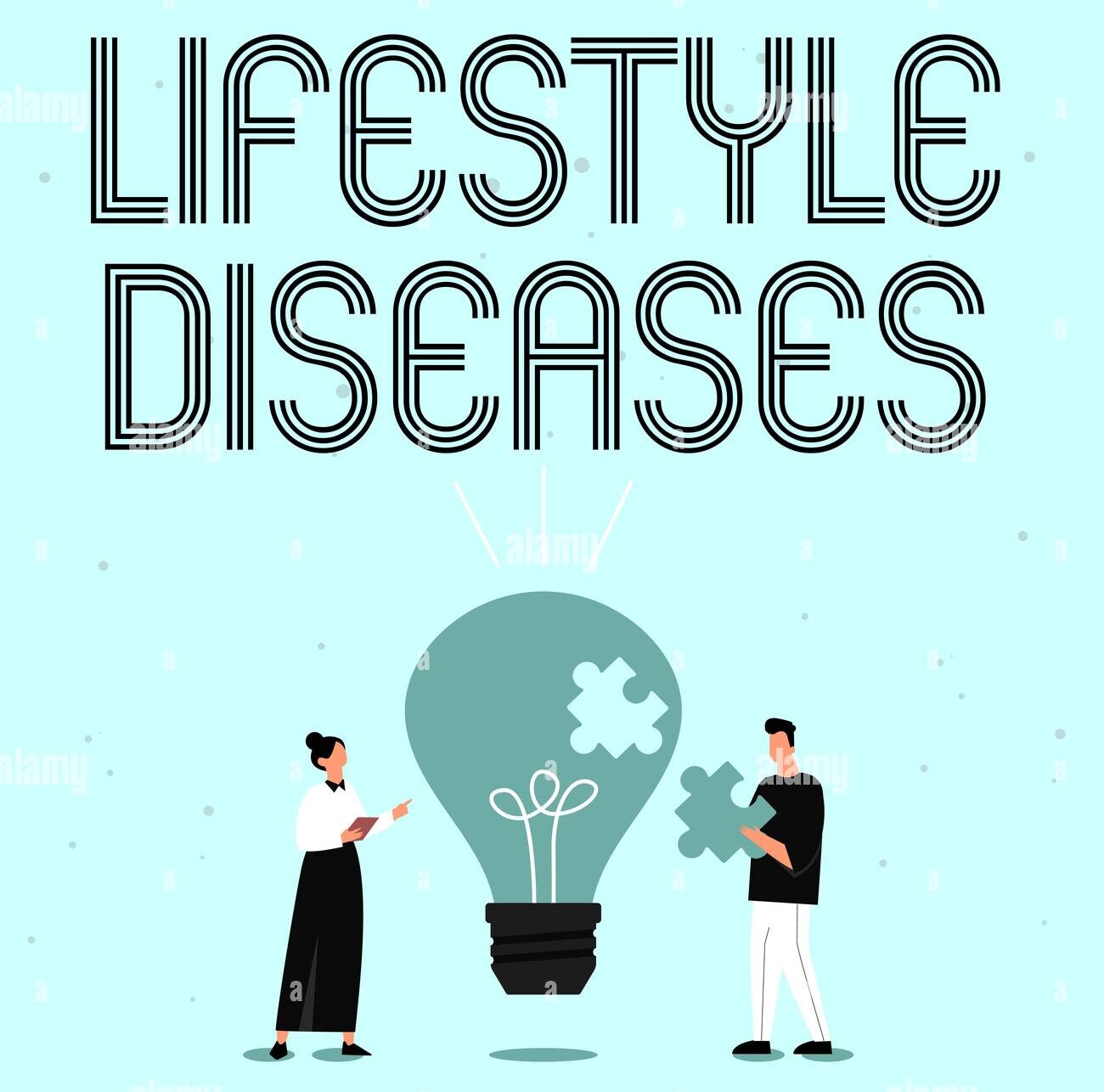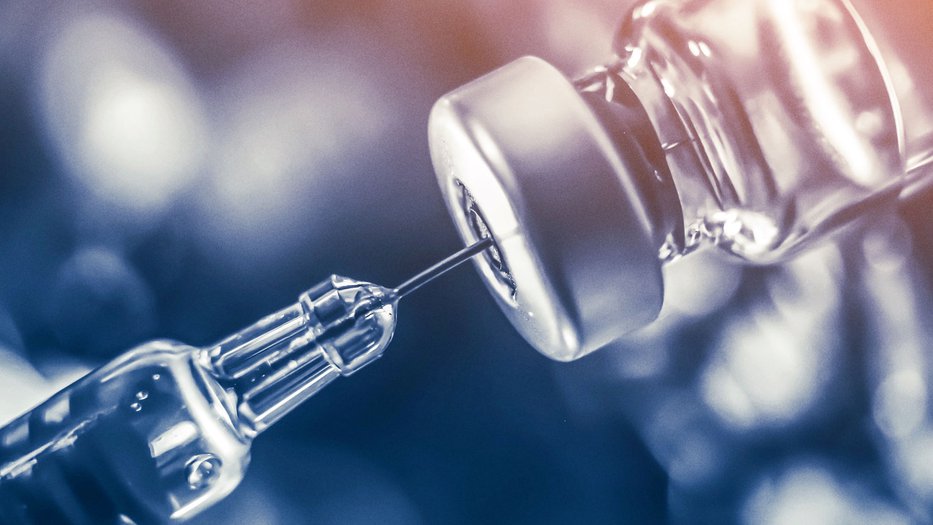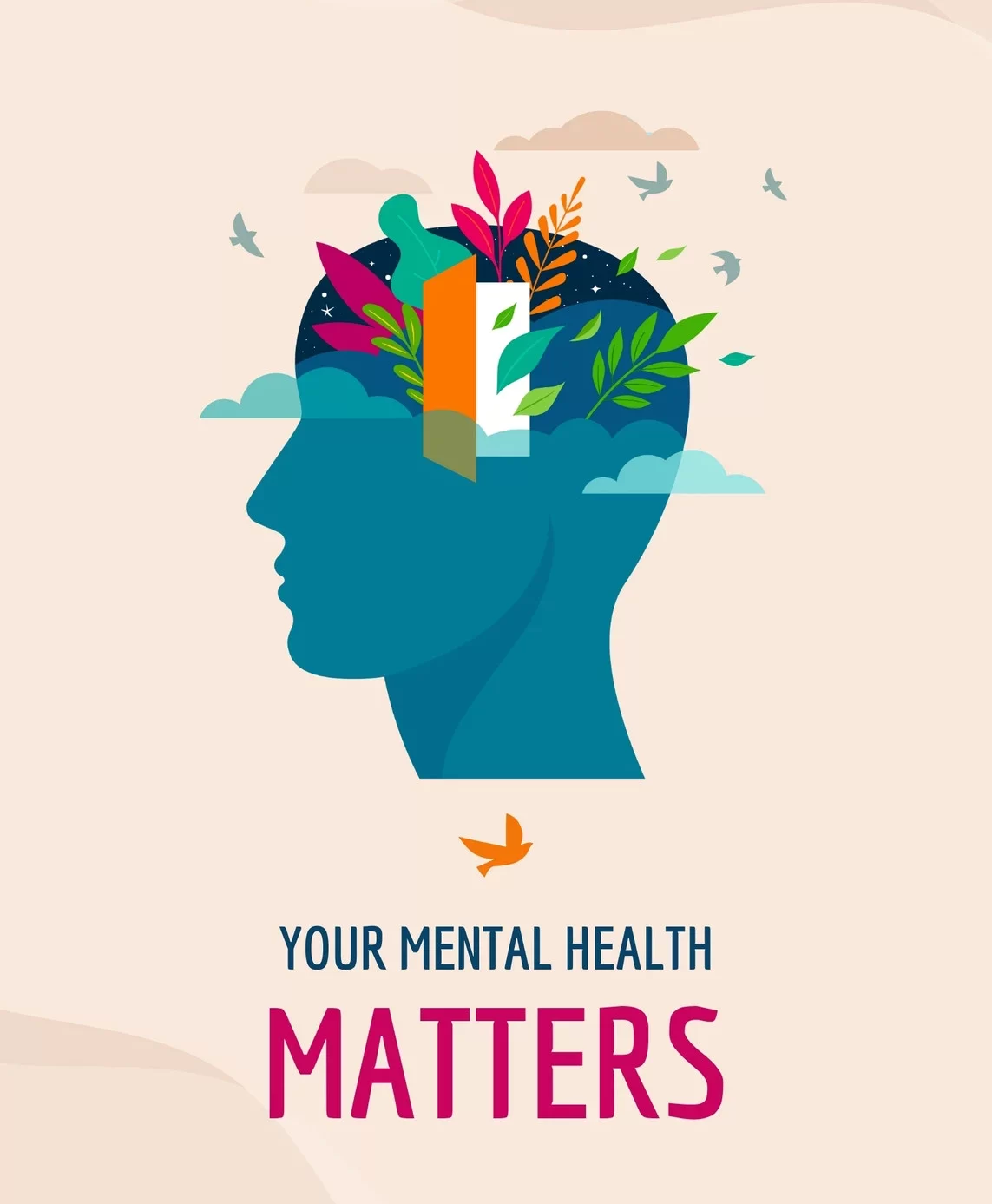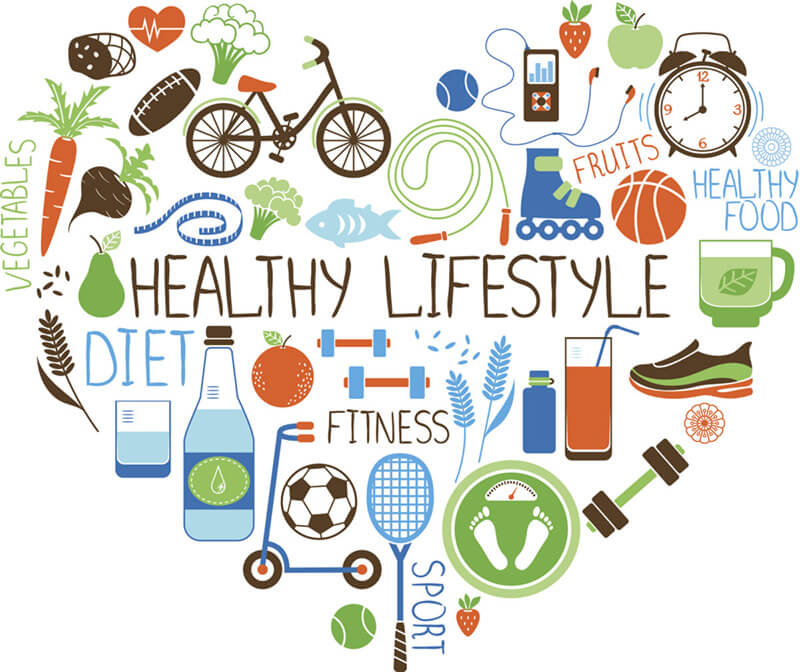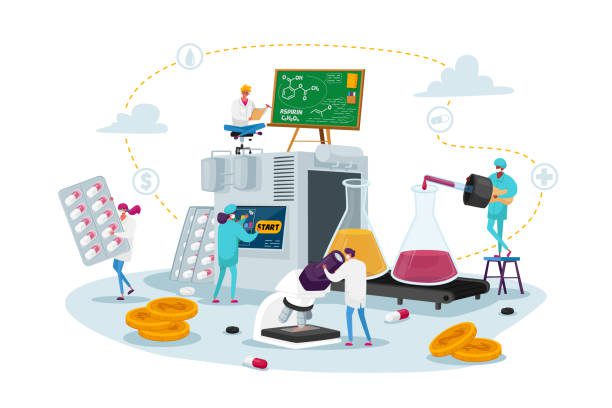
The Drug Development Process: From Concept to Cure
The drug discovery and development process is a complex, multi-stage journey that transforms a scientific concept into a therapeutic product that can improve human health. Spanning several years and requiring significant investment, this process combines cutting-edge research, clinical trials, and regulatory approvals to ensure the safety and efficacy of new drugs.
Stages of the Drug Discovery Process
- Target Identification and Validation:
- Scientists identify biological targets, such as proteins or genes, that play a key role in a disease.
- Targets are validated to ensure they are relevant and druggable, meaning they can interact with potential drugs effectively.
- Hit Identification and Screening:
- Libraries of chemical compounds are screened to identify “hits” that interact with the target.
- High-throughput screening technologies are often used to test thousands of compounds rapidly.
- Lead Optimization:
- Promising “hit” compounds, known as “leads,” are refined to enhance their potency, selectivity, and pharmacokinetic properties.
- This stage focuses on improving drug-like characteristics, such as absorption, distribution, metabolism, and excretion (ADME).
- Preclinical Testing:
- Optimized compounds undergo laboratory and animal testing to evaluate their safety, toxicity, and efficacy.
- Regulatory guidelines mandate thorough preclinical evaluation before advancing to human trials.
Clinical Trial Phases
Once a drug passes preclinical testing, it enters the clinical trial phase, which is conducted in three key stages:
- Phase I:
- Small groups of healthy volunteers or patients are tested to assess drug safety, dosage, and side effects.
- Focus: Safety and tolerability.
- Phase II:
- Larger patient groups are involved to evaluate the drug’s efficacy and optimal dosing.
- Focus: Proof of concept and further safety assessment.
- Phase III:
- Thousands of patients are enrolled to confirm efficacy, monitor side effects, and compare the drug with existing treatments.
- Focus: Large-scale validation for regulatory approval.
Regulatory Approval and Post-Market Surveillance
- After successful clinical trials, regulatory authorities such as the FDA or EMA review the data to determine if the drug can be approved for public use.
- Post-approval, the drug undergoes post-marketing surveillance (Phase IV) to monitor long-term safety and efficacy in real-world settings.
Challenges in Drug Discovery
- High Costs: Developing a single drug can cost billions of dollars.
- Time-Consuming: The process can take 10–15 years from start to finish.
- High Failure Rates: Many drugs fail during preclinical or clinical stages due to unforeseen safety or efficacy issues.
- High-throughput screening (HTS): A common screening method that uses automation to screen millions of compounds in parallel.
- Virtual screening (VS): A method for finding hit compounds.
- Fragment-based drug discovery (FBDD): A method for finding hit compounds.
-
Hit-to-lead (H2L) stageThe process of refining the hit compounds to identify the most promising candidates for further development.
-
Lead optimizationThe process of chemically optimizing the structure of the lead compounds and testing their activity.
- Good decisions made at the hit identification stage can influence research all the way to market.
- The hit-to-lead stage is a key step in the early stages of drug discovery.

